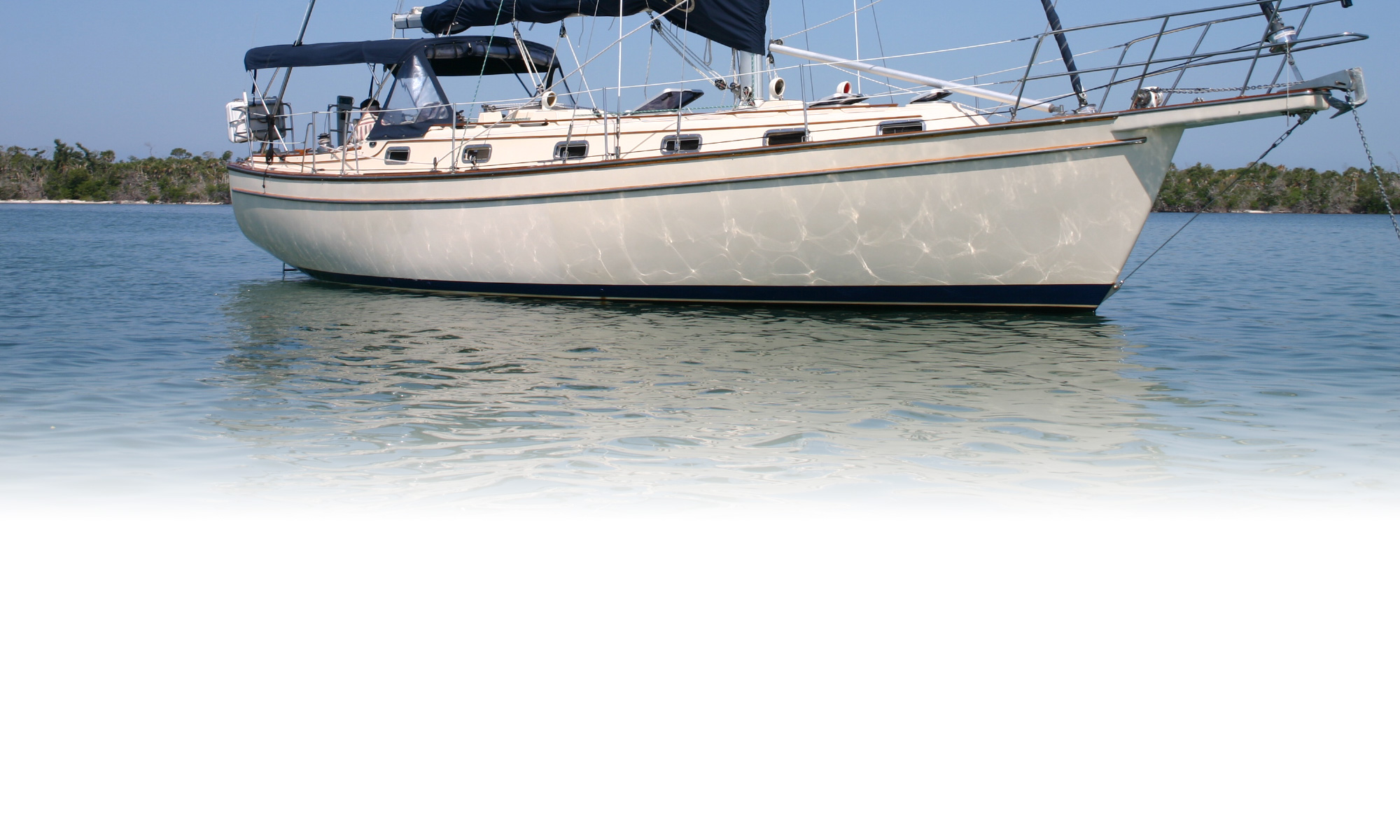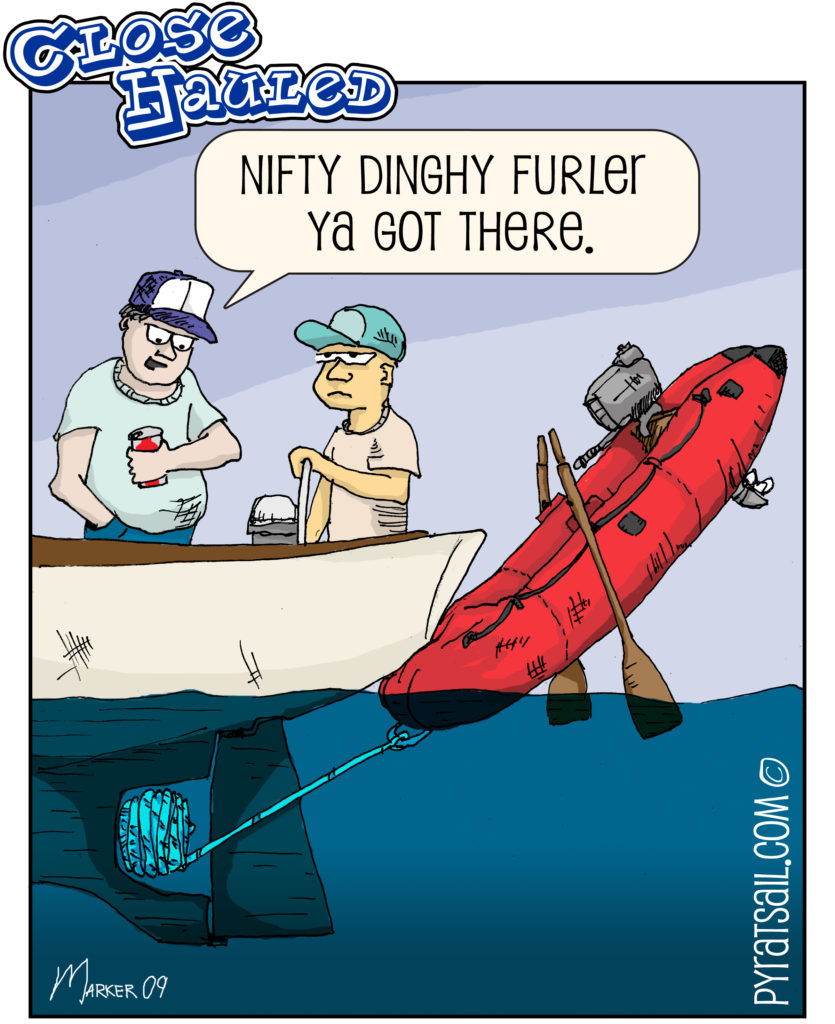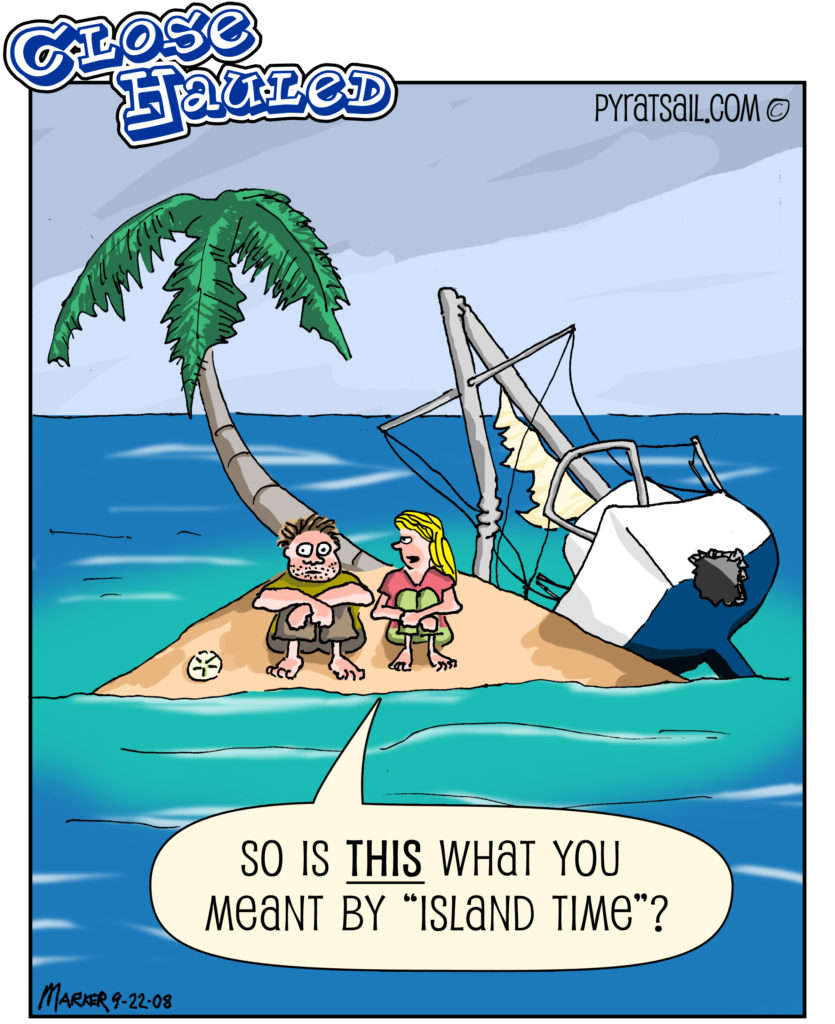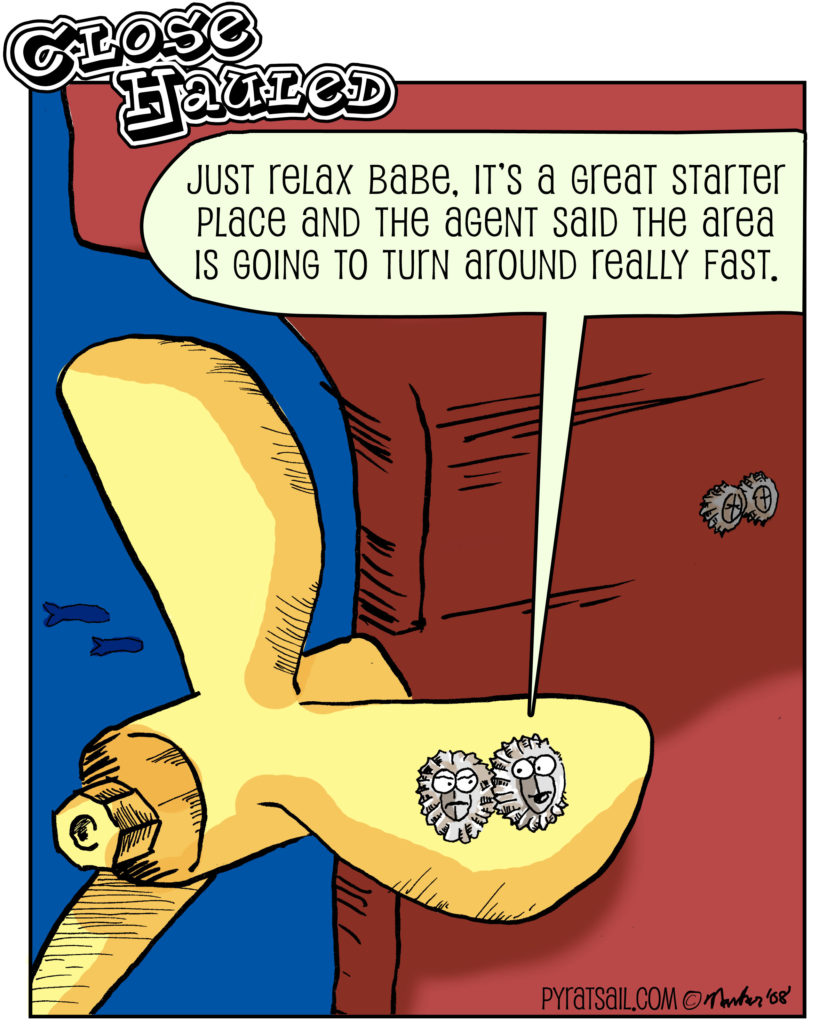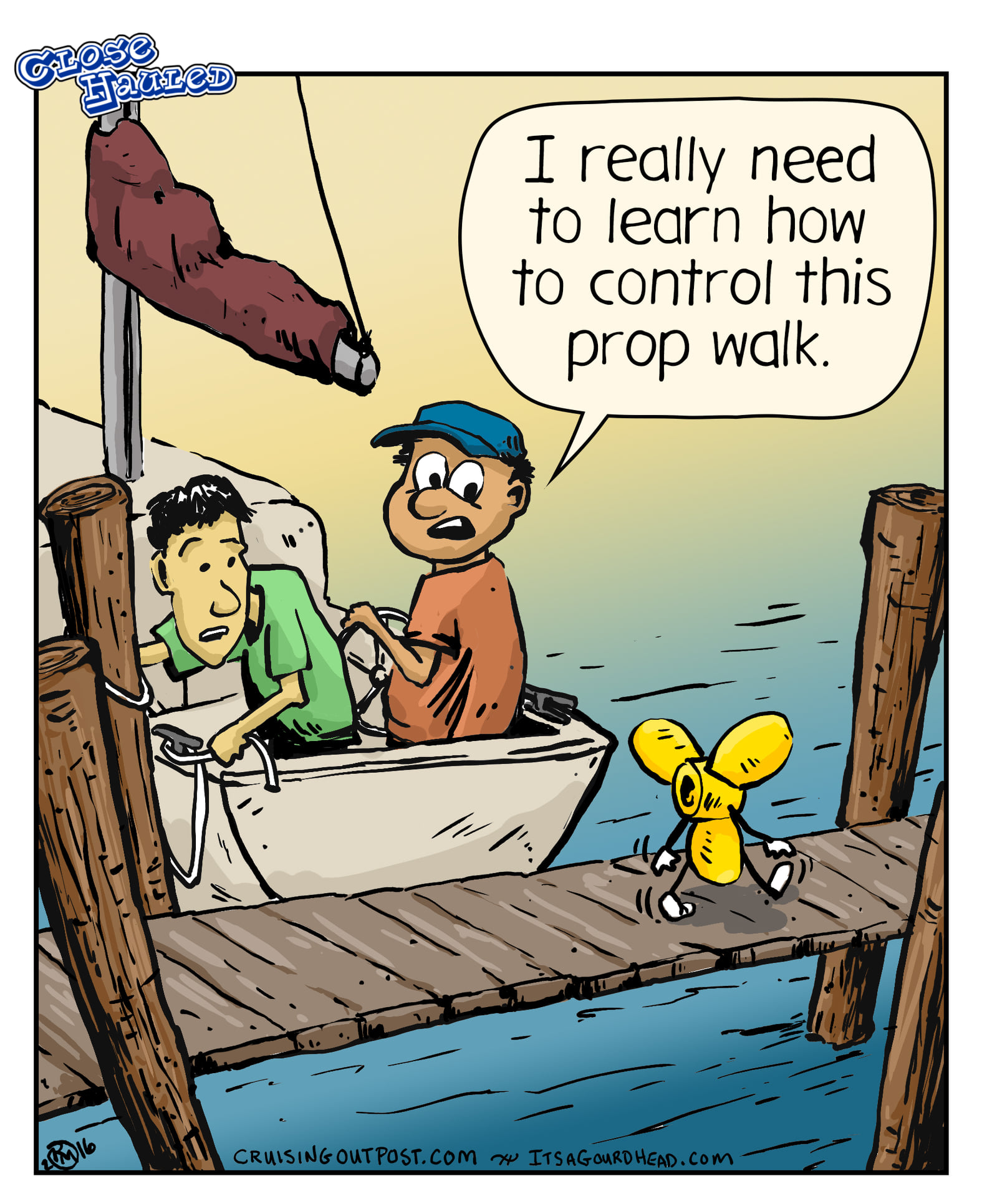
Sailboat Rudder – Replacement or New
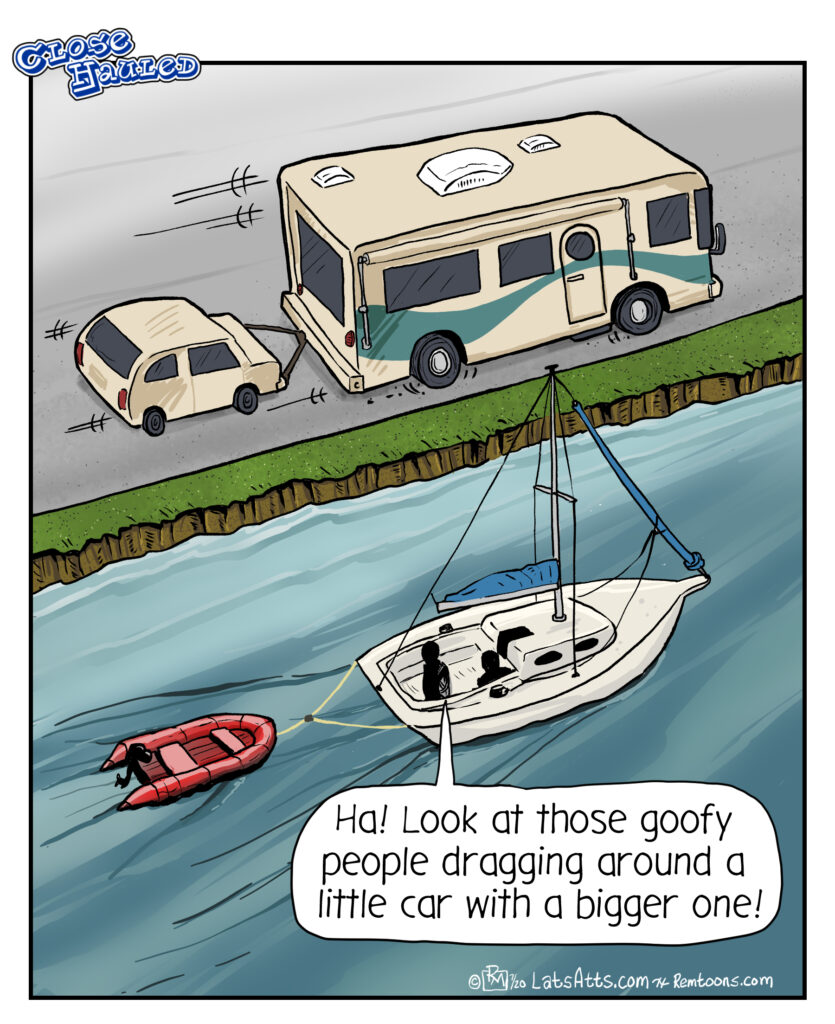
Tanzer Rudders
We have been building rudders for Tanzer Boat Parts since the 90’s. We set up production when Eric Spencer was the owner. We continued to make them for Steve Thom when he took over, We were sorry to hear of Steve’s passing last year. We were working on an order for Steve over the winter. If you need a Tanzer 22 or 26 rudder please give us a call. The 22 is $700.00 and the 26 is $800.00. Both prices are FOB Florida. Our rudders are made of fiberglass and 20 pound density closed cell polyurethane foam.
Rudder Replacement and Repair For Sailboats
Damaged Rudder Repair and Replace
Broken Rudder Repair
Rudder Replacement Cartoon
How Does A Sailboat Rudder Work
Sailboats steer by means of the rudder, a vertical, blade-like projection mounted either on the transom (the flat surface of the stern) or under the sailboat. In both cases the rudder works by deflecting water flow: when the helmsman—the person steering,—pivots the rudder, the water hits it with increased force on one side, decreased force on the other. The rudder moves in the direction of lower pressure. As the rudder goes, so goes the stern, and the boat turns.
Steering
During turns the boat pivots around a point near its center—roughly at the mast on a sloop. The stern moves one way, the bow moves the other way, as the boat changes direction. In very close quarters it’s important for the helmsman to remember this, and make allowances for the swinging stern to avoid colliding with other boats, docks, buoys, etc. Quite a few sailors make this mistake, but often not more than once.
Tiller vs Wheel
Most smaller sailboats (under 30 feet or so) use a “tiller” to turn the rudder. This is basically a stick made of wood or, sometimes, aluminum, attached to the top of the rudder. The tiller provides leverage to turn the rudder against the strong pressure of the water moving across it. This pressure can be substantial, therefore even on a small sailboat the tiller is up to three or four feet in length; in strong winds the helmsman may often wish it was even longer. Larger boats generally use a wheel, attached to the rudder by cables and a steel “quadrant” to provide sufficient leverage. While steering with a wheel takes less effort, a tiller is better for beginning sailors, since it provides instant response and feedback: if the sails are trimmed incorrectly, the skilled helmsman will feel it through the tiller. Because of this, some expert racing sailors prefer a tiller, even on large sailboats.
The continuous stress and pressure on the rudder underscores why sailors should practice regular rudder inspections and maintenance. If you need a rudder repair or a replacement rudder or centerboard for your sailboat, please contact us today.
Four Types of Rudders On Sailboats
The four rudder types are: full rudder, spade rudder, skeg rudder, and outboard rudder. We will discuss the advantages and disadvantages of each.
Full Rudder
The full or full keel rudder is at the aft end of a full length keel. The keel-rudder runs along the entire length of the bottom of the boat’s hull. This full length rudder is safe and more resistant to damage. The leading edge of the keel protects the rudder from debris. The full rudder is a trademark of offshore cruisers like Cabo Ricos and Wetsails. Damage may be avoided even when grounding. The boat will rest safely on its side until the tide returns and lifts the boat off the shoal.
Spade Rudder
The spade rudder rests below the transom separate from the keel. A spade rudder turns easily because the water rushes both against its fore and aft edges – good when using a tiller. There’s less wet area so the spade rudder is fast. The spade, along with partial spade rudders are becoming popular in many sailboat designs.
Skeg Rudder
Compared to other styles, the skeg rudder is modern in safety and performance and popular on current production boats. The skeg rudder is similar to a spade keel and is fast. The skeg rudder’s fore edge is protected by a “faux keel” that extends from aft of the hull. Hylas yachts are known for their skeg rudders.
Outboard Rudder
Outboard rudders are used on smaller boats. They are attached to the transom of the boat, hanging off the stern. Racing prams employ outboard rudders. They are also easy to jerry rig as emergency rudders. Any long piece of metal and flat piece of wood, as in a cabin door, can work.
Each type of rudder has its advantages and disadvantages. Most importantly, inspect your rudder regularly and carry a spare.
Foss Foam products can create a replacement rudder for your sailboat. Contact us for more information.
